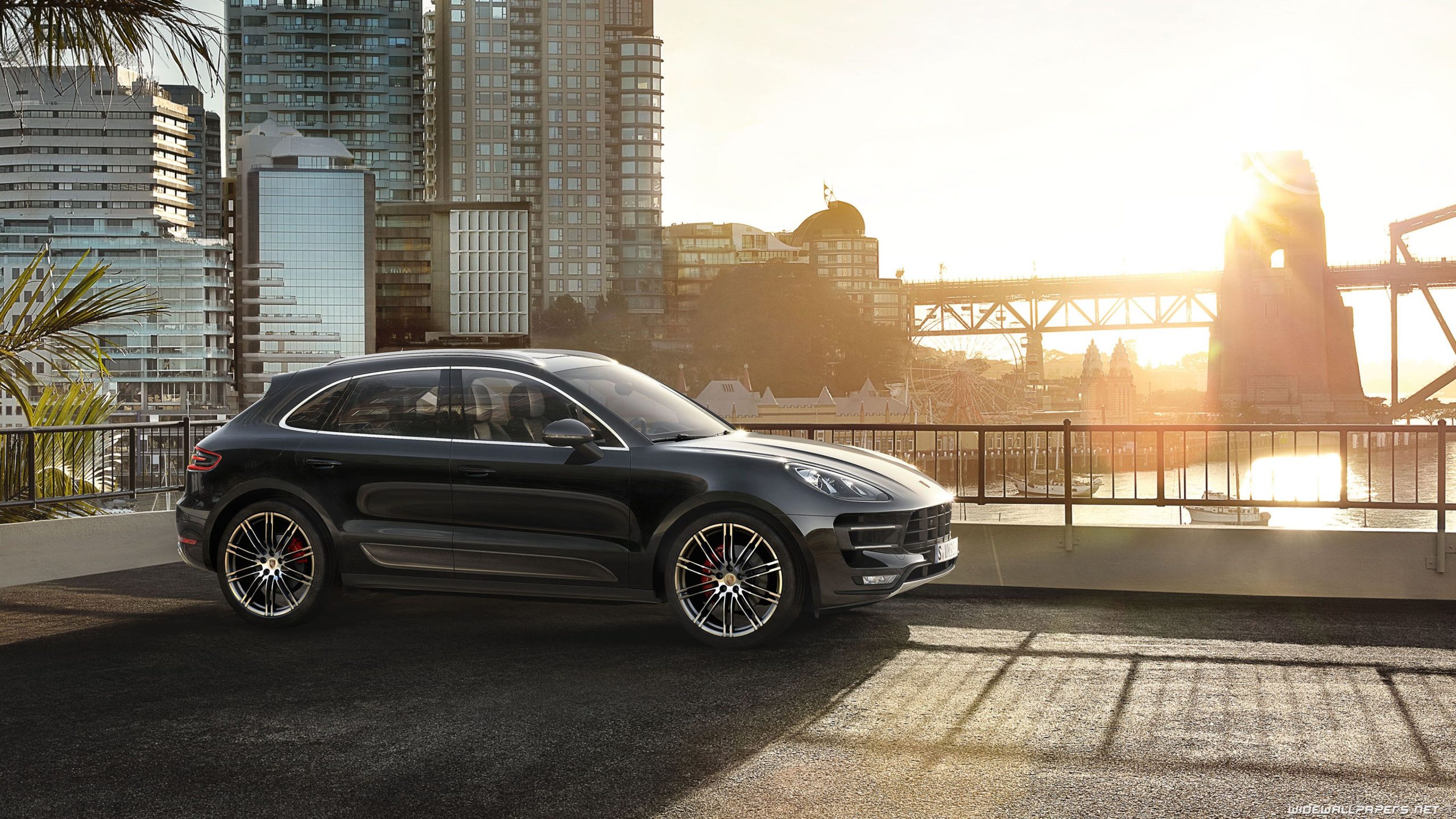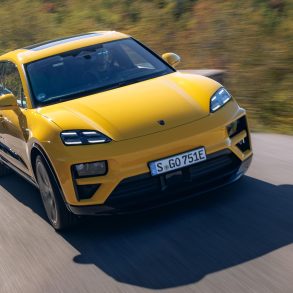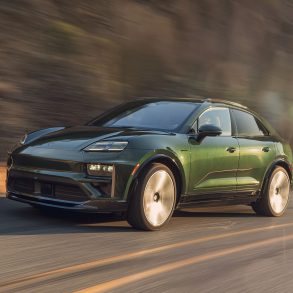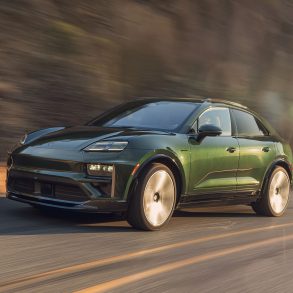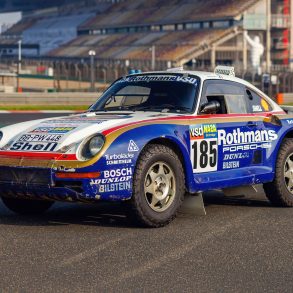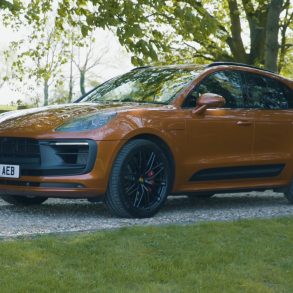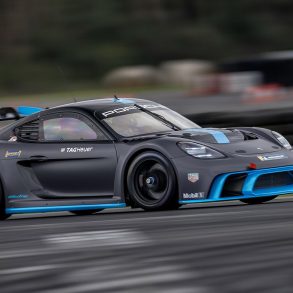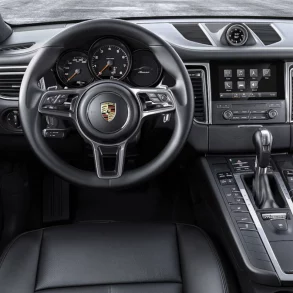1st Generation Porsche Macan (95B.1) Story & History
Macan (2014 – 2018)
Official photos: 2013 November 19, GTS 2015 October 28 / Premiere: 2013 November 19, Los Angeles Auto Show / Market launch: 2014 April 5, GTS 2015 October 28
2014 – 2018 Macan Technical Specifications
| Modification | Engine | Gearbox | kW | lb-ft | Nm | 0-60 mph | 0-100 km/h | mph | km/h | DIN kg | DIN lb |
|---|---|---|---|---|---|---|---|---|---|---|---|
| Macan Diesel S (Turbo 3.0) 155 kW-version Belgium, Norway | 3.0V6 Audi | PDK 7-speed | 155 | 426 | 580 | 7.4 sec. | 7.7 sec. | 134 | 216 | 1,880 | 4,145 |
| Macan Diesel S (Turbo 3.0) 180 kW-version South Africa | 3.0V6 Audi | PDK 7-speed | 180 | 426 | 580 | 1,880 | 4,145 | ||||
| Macan Diesel S (Turbo 3.0) 184 kW-version Italy | 3.0V6 Audi | PDK 7-speed | 184 | 426 | 580 | 1,880 | 4,145 | ||||
| Macan Diesel S (Turbo 3.0) 190 kW-version | 3.0V6 Audi | PDK 7-speed | 190 | 426 | 580 | 6.0/*5.8 sec. | 6.3/*6.1 sec. | 143 | 230 | 1,880 | 4,145 |
| Macan (Turbo 2.0) 174 kW-version | 2.0R4 Audi | PDK 7-speed | 174 | 257 | 350 | 6.6 sec. | 6.9 sec. | 139 | 223 | 1,770 | 3,902 |
| Macan (Turbo 2.0) 185 kW-version | 2.0R4 Audi | PDK 7-speed | 185 | 272 | 370 | 6.4/*6.2 sec. | 6.7/*6.5 sec. | 142 | 229 | 1,770 | 3,902 |
| Macan S (Turbo 3.0) | 3.0V6 Porsche | PDK 7-speed | 250 | 338 | 460 | 5.2/*5.0 sec. | 5.4/*5.2 sec. | 158 | 254 | 1,865 | 4,111 |
| Macan GTS (Turbo 3.0) | 3.0V6 Porsche | PDK 7-speed | 265 | 368 | 500 | 5.0/*4.8 sec. | 5.2/*5.0 sec. | 159 | 256 | 1,895 | 4,178 |
| Macan Turbo 3.6 | 3.6V6 Porsche | PDK 7-speed | 294 | 404 | 550 | 4.6/*4.4 sec. | 4.8/*4.6 sec. | 165 | 266 | 1,925 | 4,244 |
| Macan Turbo 3.6 WLS | 3.6V6 Porsche | PDK 7-speed | 324 | 441 | 600 | *4,2 sec. | *4.4 sec. | 169 | 272 | 1,925 | 4,244 |
Development
As the Macan was a brand new model for Porsche, in total 190 prototypes were created before the production could start.
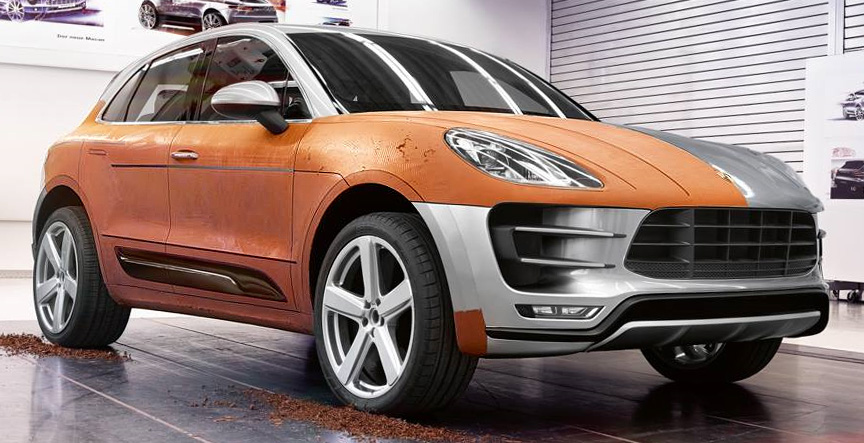
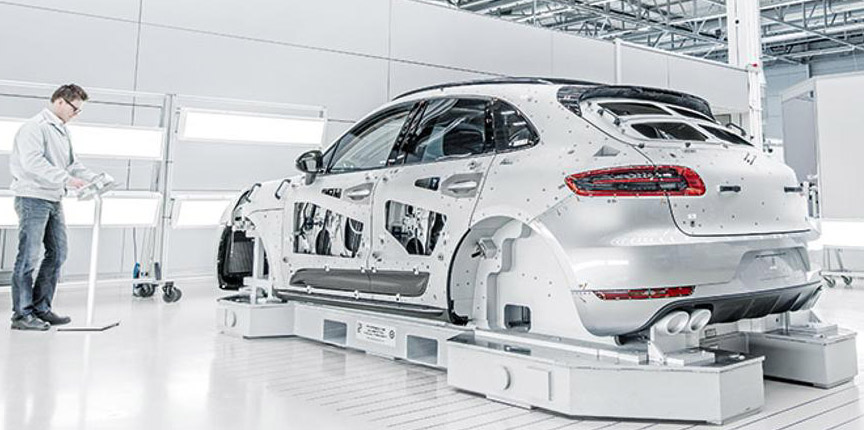
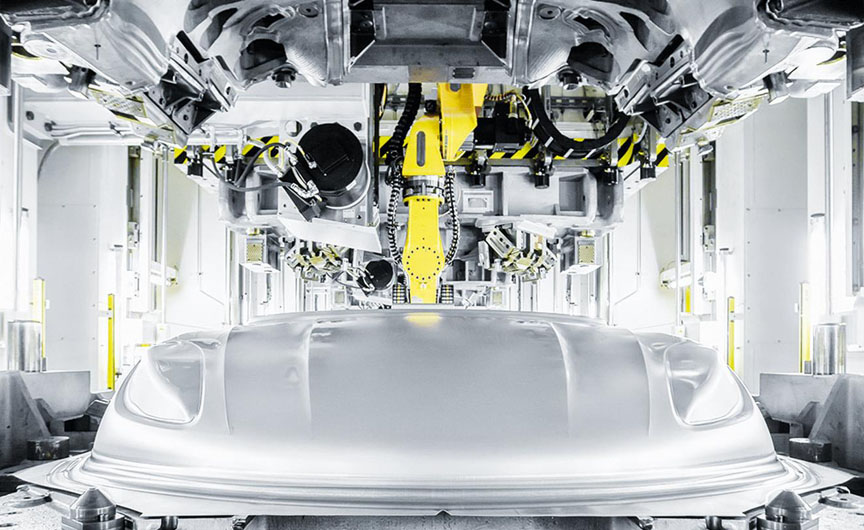
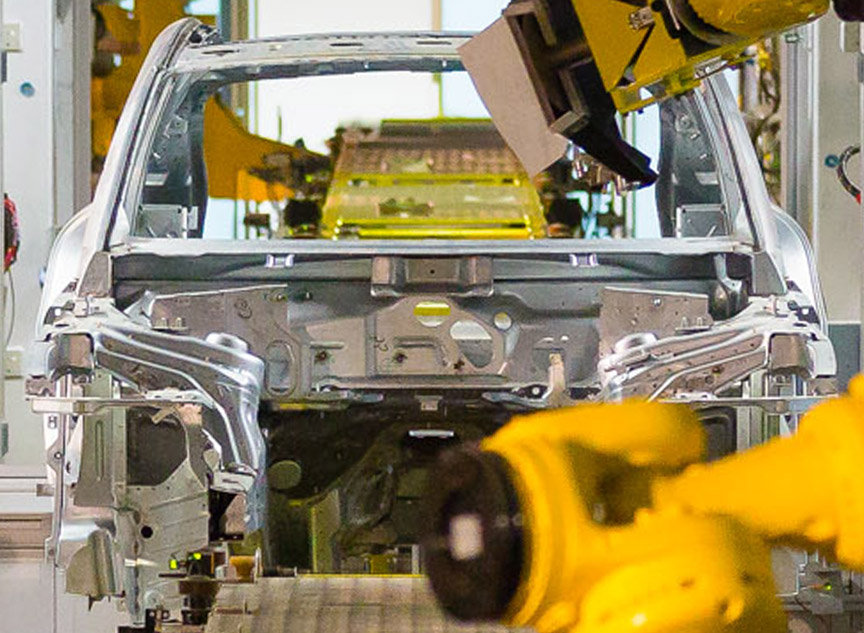
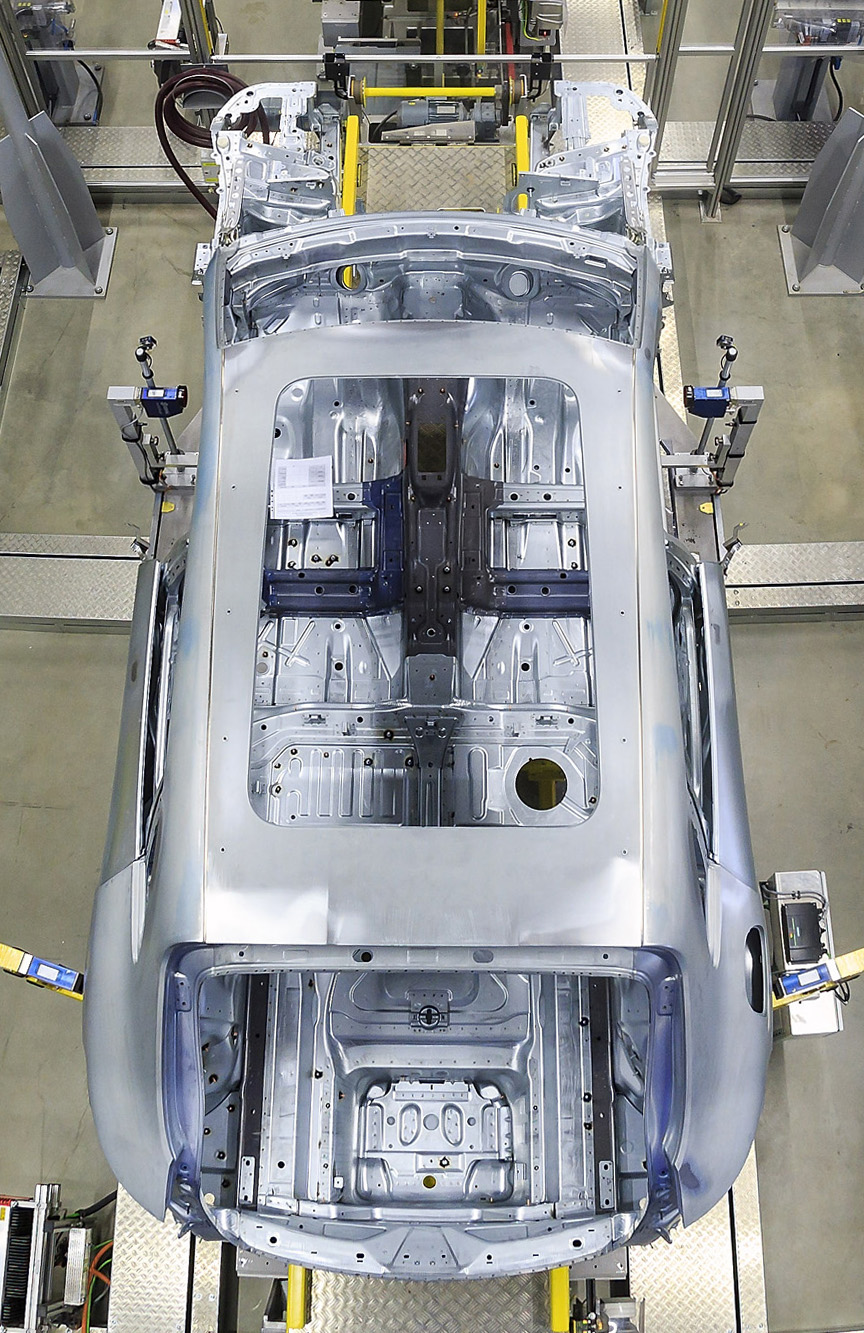
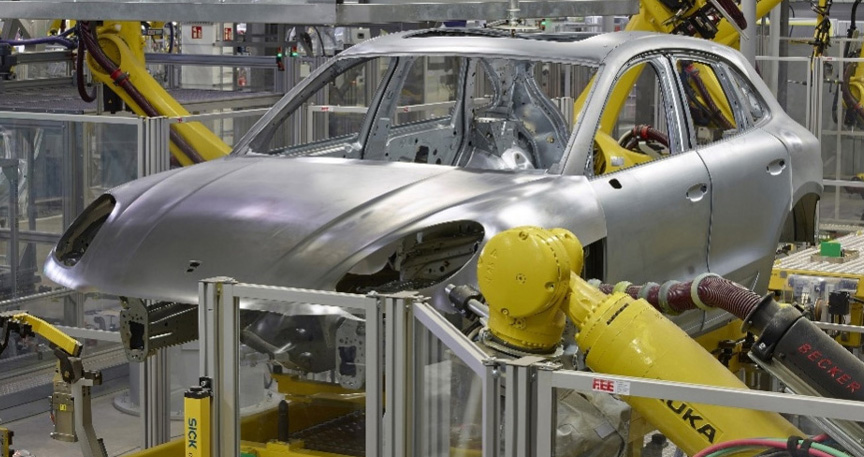
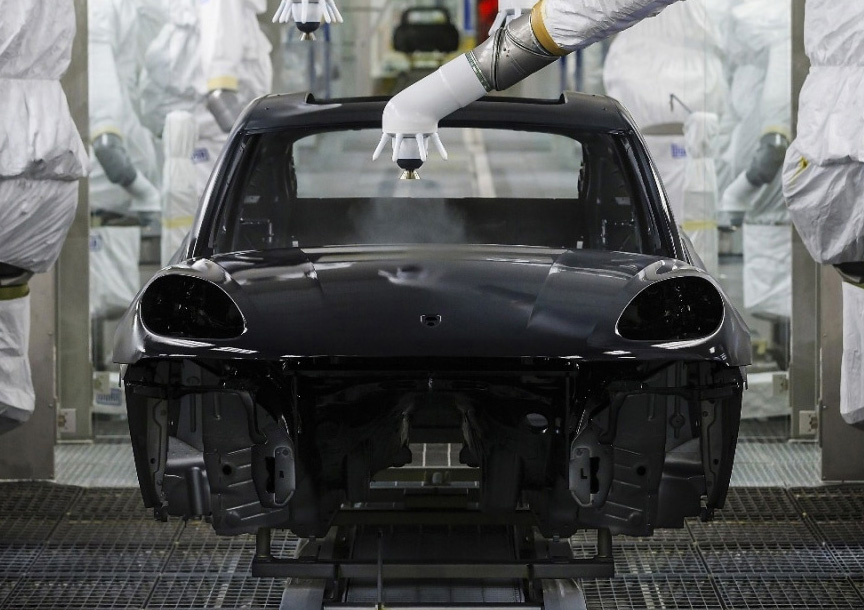
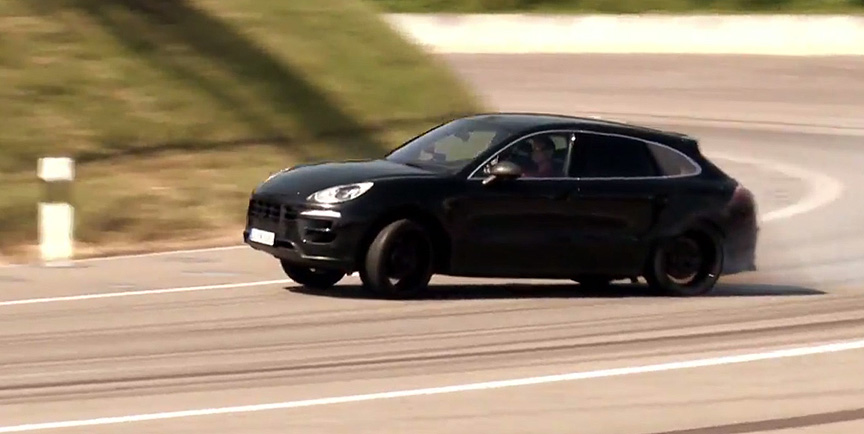
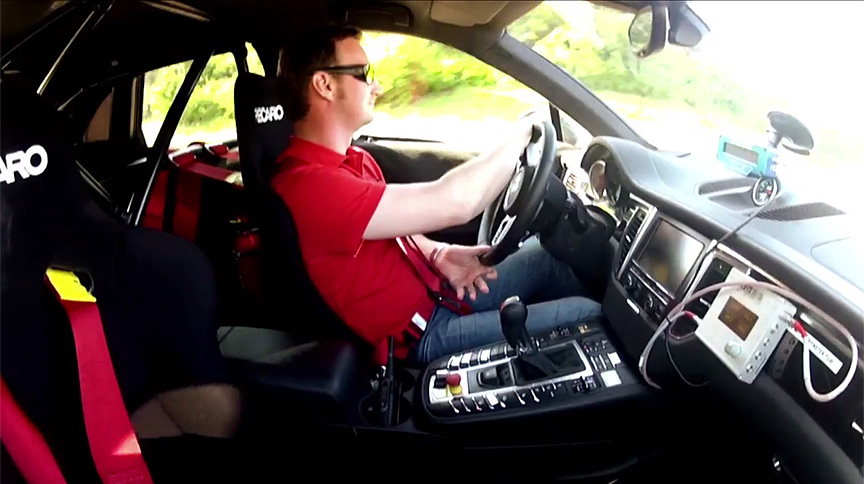
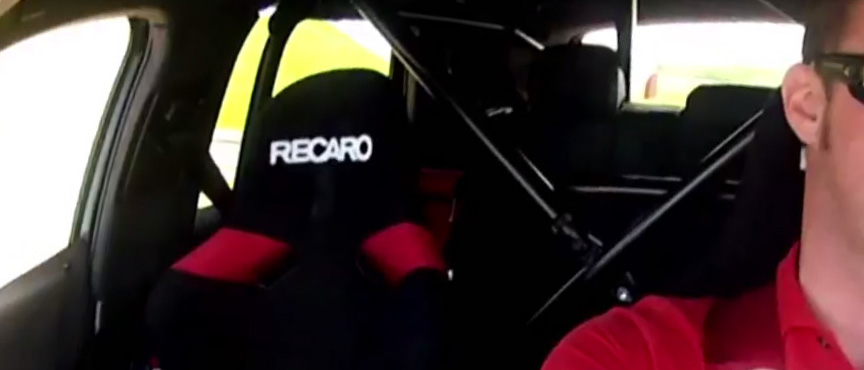
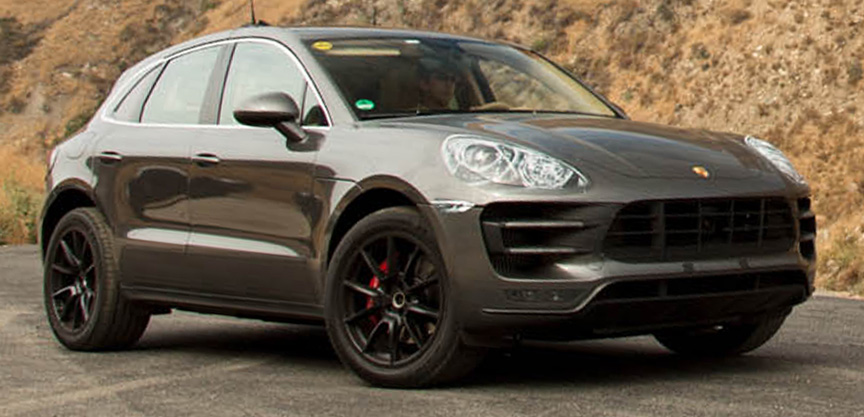
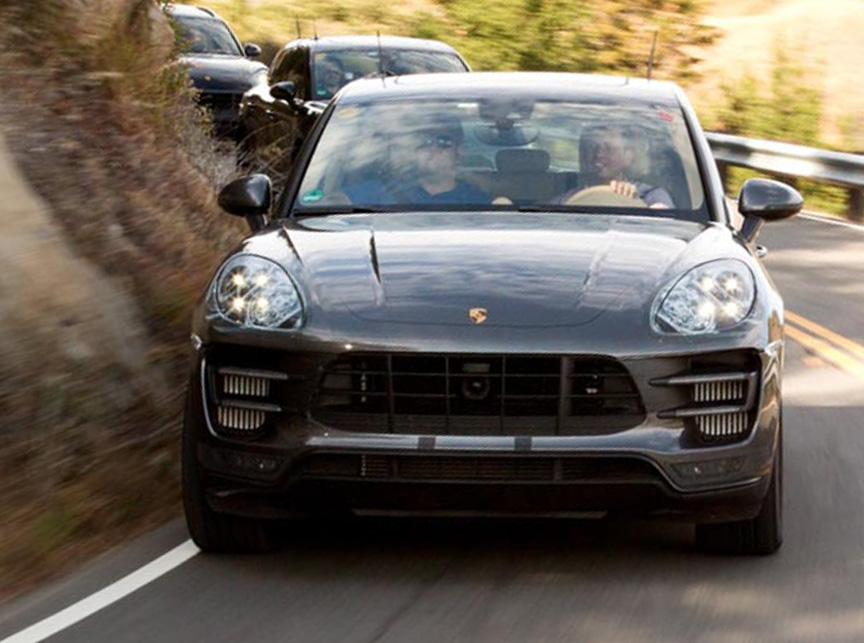
Series production

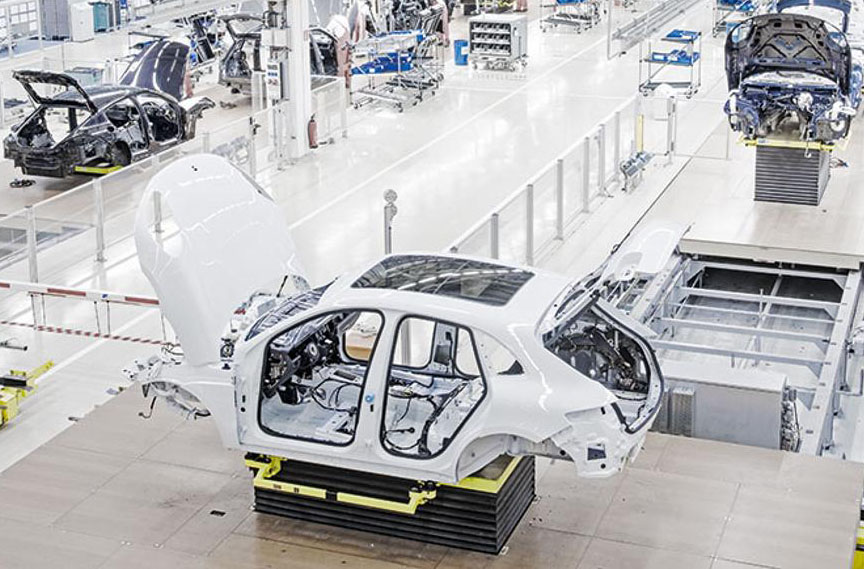
Initially called the Cajun, the production name of the smaller SUV is Macan. Pronounced as ‘matjan’ it is a Malaysian and Indonesian word for tiger. The Macan is entirely built at the new factory in Leipzig. Even the sheet metal panels are stamped onsite. This has not been the case with the Cayenne which was to a large extent built at the VW factory.
Internal designation
The internal code for the Macan is 95B.
Size and weight
The front and rear lids are of aluminium and the rest of the body of four different steels. At 185″/4.7 m the Macan is 6″/15 cm shorter and~200 kg/~450 lb lighter than the Cayenne. Lighter weight suggests better performance, but the engines are weaker too, and the power-to-weight ratios of the Macan modifications are lower than of the comparable Cayenne modifications. Macan 95B.1 Turbo 3.6 has the same amount of power as the Cayenne 958.2 S (Turbo 3.6), but is 140 kg/309 lb lighter, so its power-to-weight ratio is better.
Equipment
PDK with paddle shift, multi-function steering wheel and an electrically operated tailgate are standard equipments on Macan. The four-wheel-drive system is not the full-4WD system used in the Cayenne, but rather an electronic system functioning like the one in the 911. So, it really drives the rear wheels and sometimes puts force on one of the front wheels aswell. The car has an Offroad-mode button, but it doesn’t really do what you expect – it does not lock the front and rear axle speeds. Optional Porsche Dynamic Light System Plus (PDLS+) continuously adjusts the headlight level in keeping with the traffic ahead and any oncoming traffic. The optional lane departure warning system works in conjunction with the electro-mechanical power steering.
Brakes – two steps back in technology
While the front brake callpiers are typical Porsche units in aluminium monobloc design and have 6 pots, the rear floating callipers come from Audi and are something that Porsche used in the 1980’s. Porsche understands the typical Macan driver doesn’t care about the technology in the car – there’s really no need for the aluminium brake callipers which even might need some maintenance when the car gets old, but it is about the principle – the ugly cast iron callipers, even when painted, just don’t go with the high-tech image of Porsche. The brake disc sizes are as follows: Turbo front 360/rear 356 mm, GTS 360/330 mm, other 350/330 mm.
All modifications with turbo engines
Porsche was in trouble with naming of its cars already starting with the 2009 Cayenne Diesel, which had a turbocharged engine, but was not called as a Turbo. With the 970.2 generation of the Panameras most of the models had turbocharged engines, but only one of them was called the Turbo. With the Macan, none of the cars was available with normally aspirated engines, but still only one of the models was called as the Turbo, the 3.6-litre variant.
The 3-litre engine
The 3.0V6 Porsche bi-turbo petrol engine was first introduced for the Panamera 970.2 S/4S unveiled in 2013. It developed 309 kW. Now, when it was installed in the Macan S, it was drastically detuned (minus 59 kW). For the Macan GTS it got a bit of the lost power back (44 kW less than in the Panamera).
Turbo 3.6 WLS
Because of the market positioning reasons (compared to the Cayenne Turbo), the Macan Turbo 3.6 was initially launched with only 294 kW. Considering a 911 with similar size turbo engine in 1995 had more power, the engine in the Macan Turbo 3.6 is clearly held back from its real potential. In September 2016, the Macan Turbo 3.6 with factory powerkit (WerksLeistungsSteigerung, WLS), was introduced. It got 324 kW, which is a 10% rise, but still mild power from a 3.6-litre engine in 2016. Macan Turbo WLS was equipped with the Performance Package which had 390 mm (+30 mm) front brake discs (on the rear axle all the Macans have old-school Audi brakes), GTS suspension (0.6″/15 mm lowered steel springs or 0.4″/10 mm lowered air suspension), Sport Chrono package and exhaust system with sporty sound.
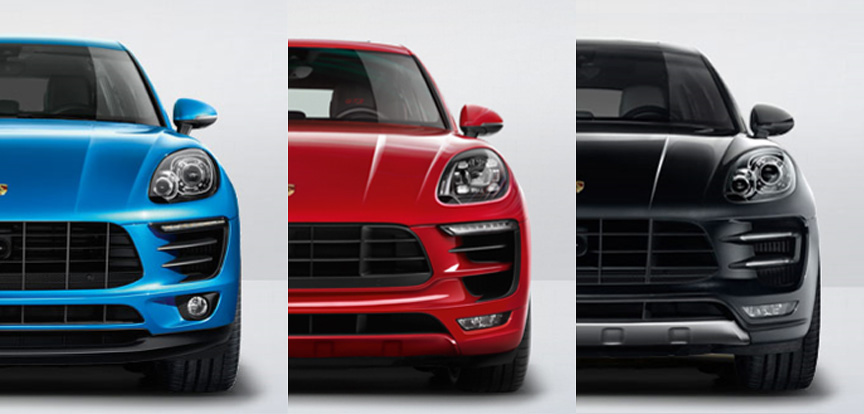
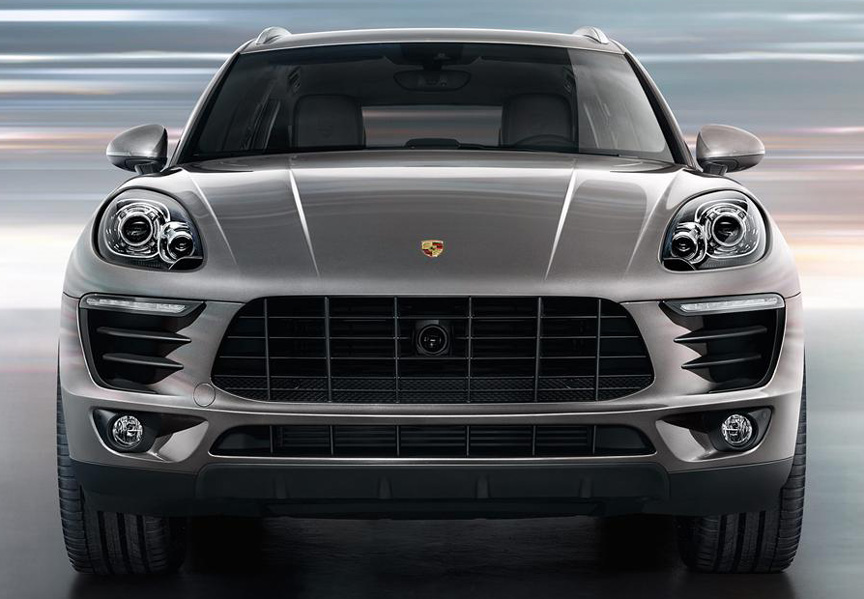
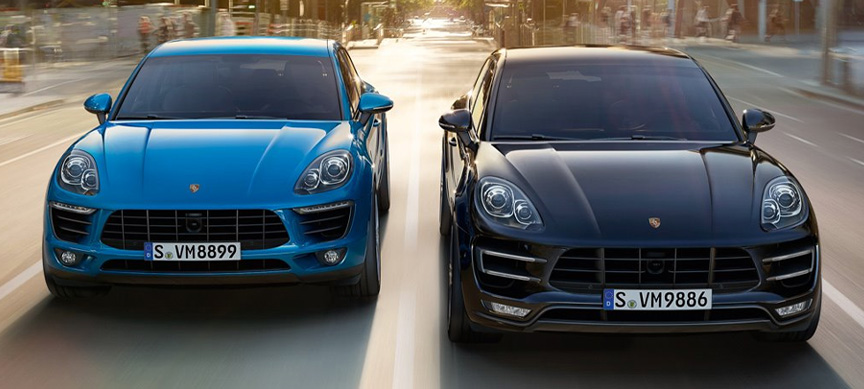
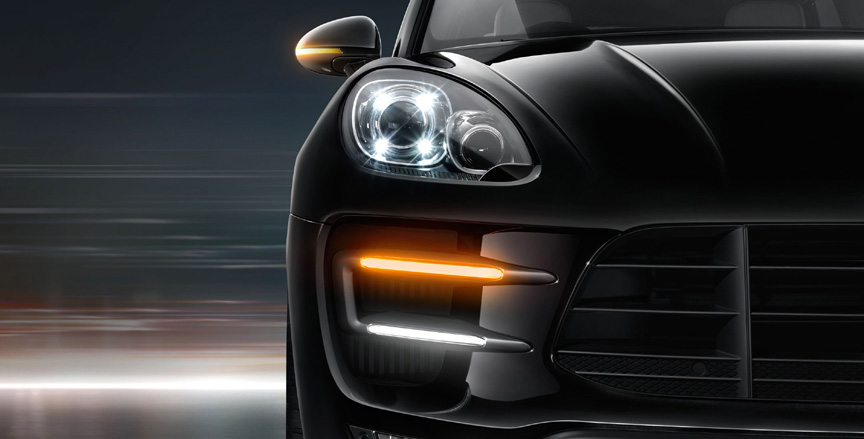
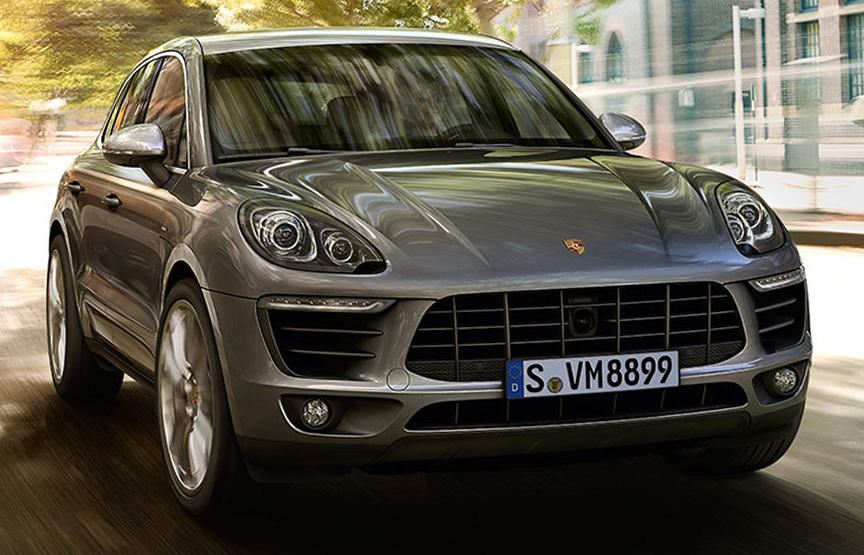
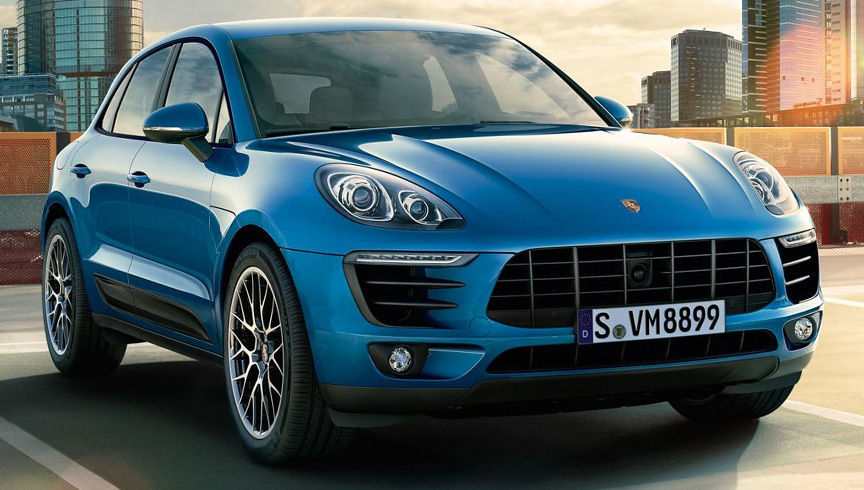

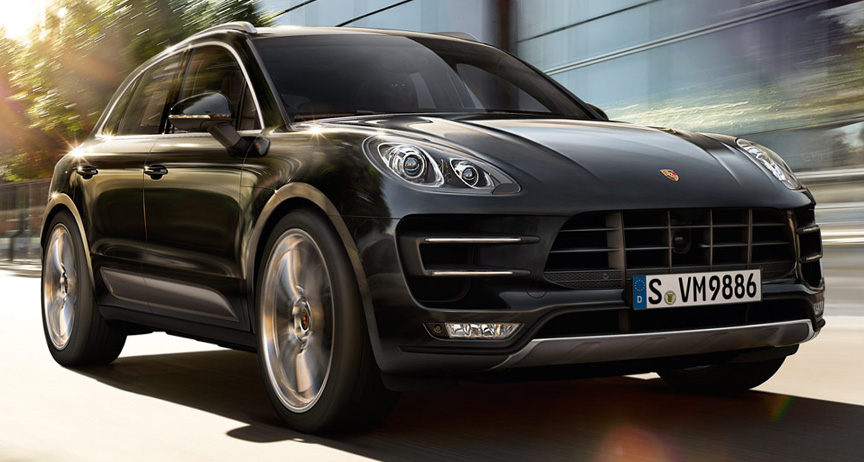

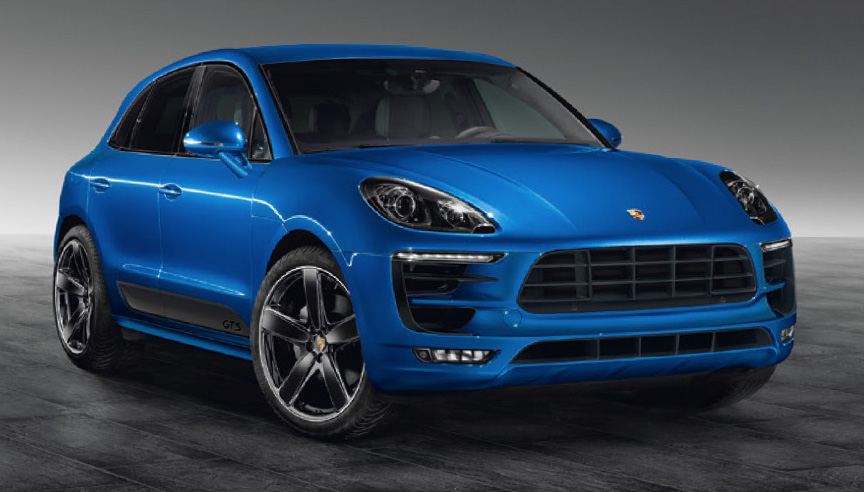
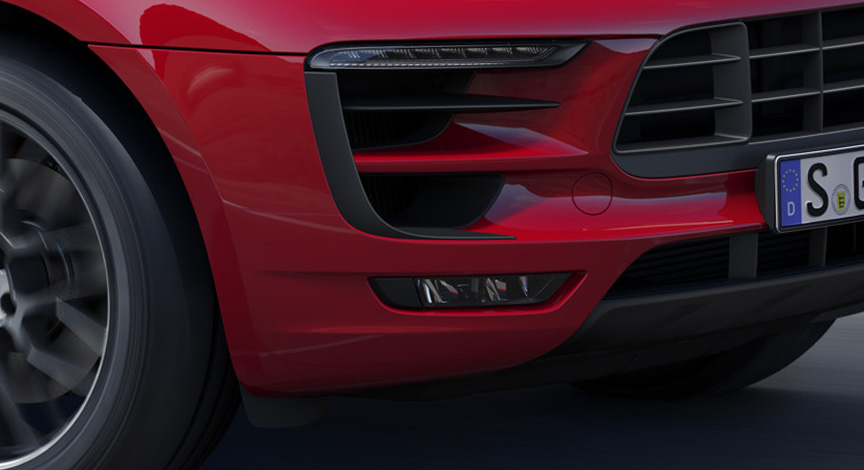
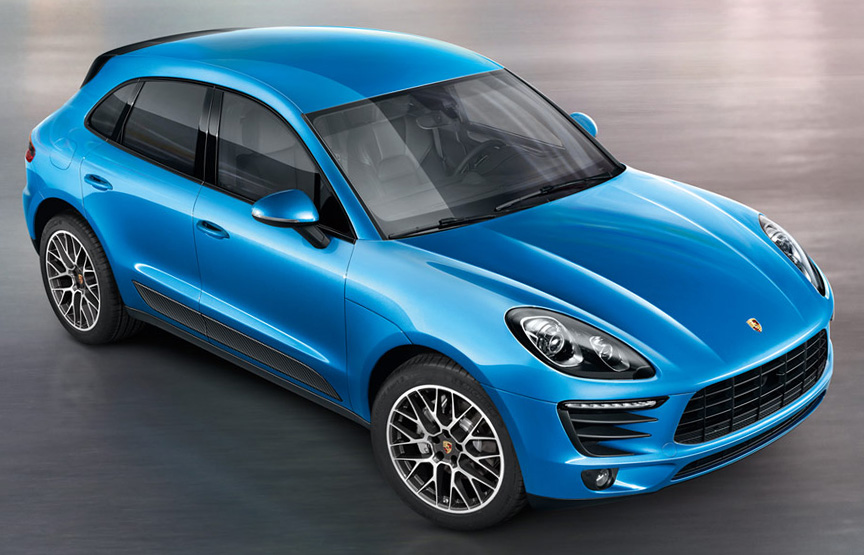
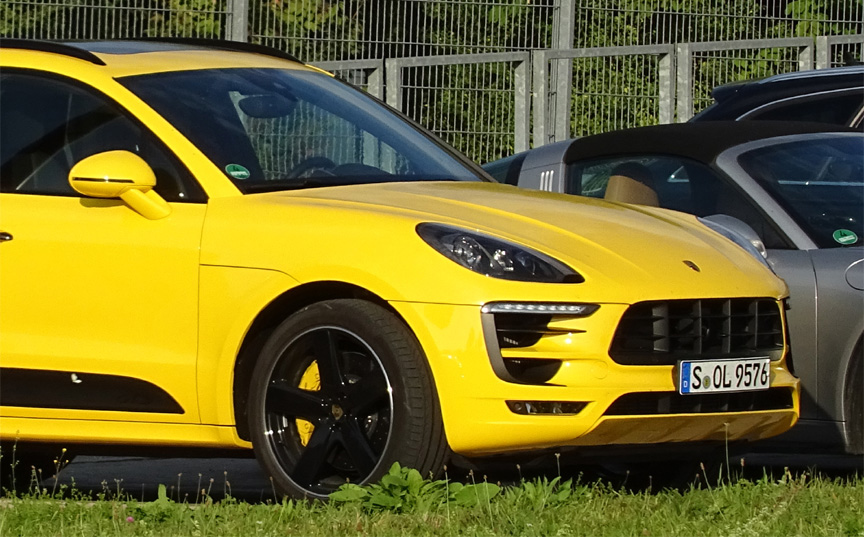
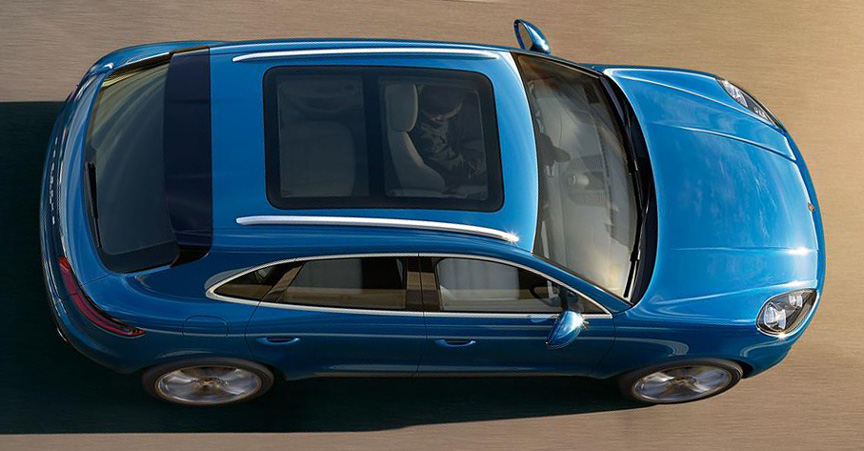
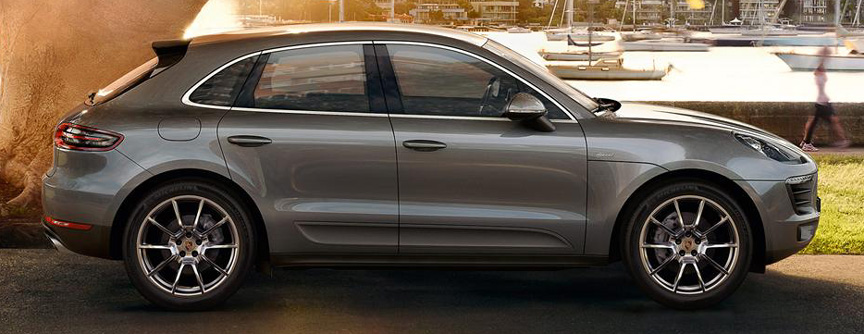
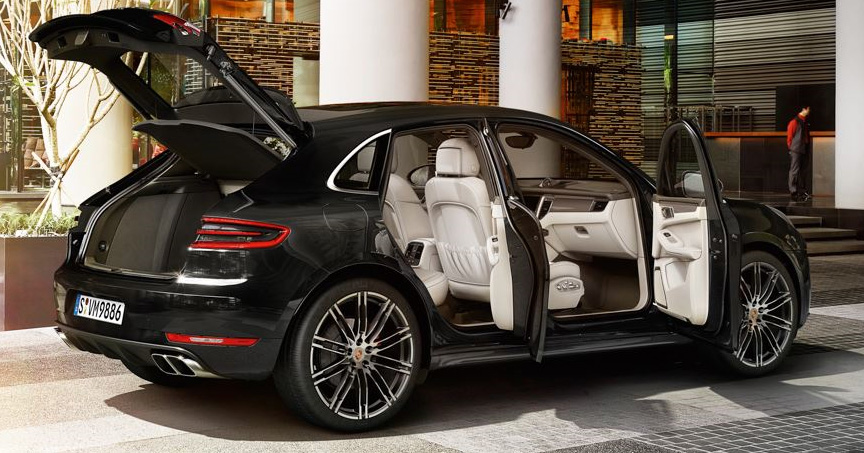
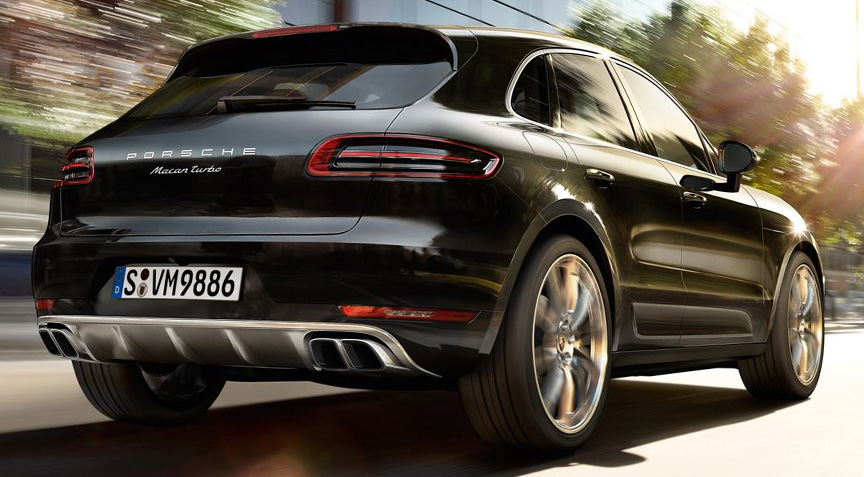
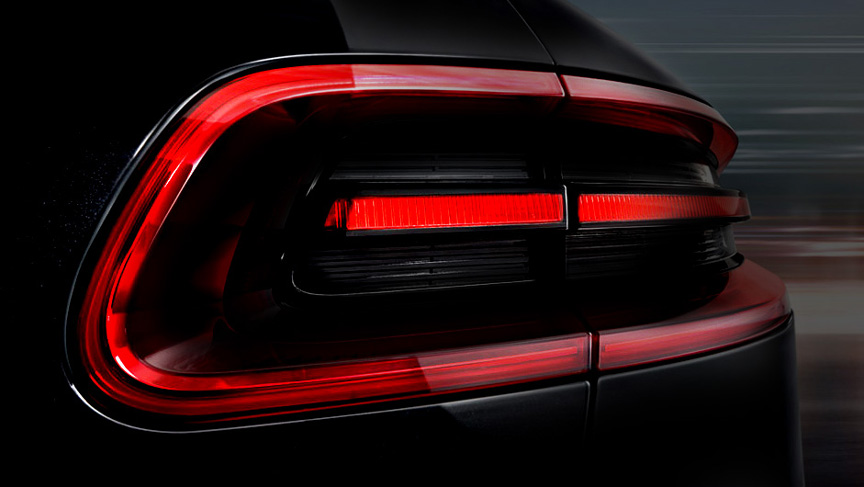

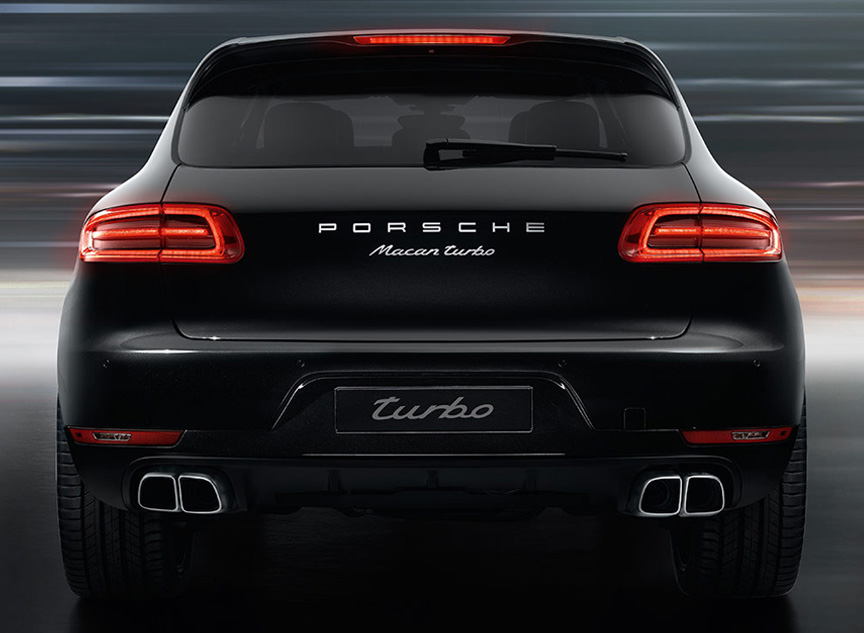
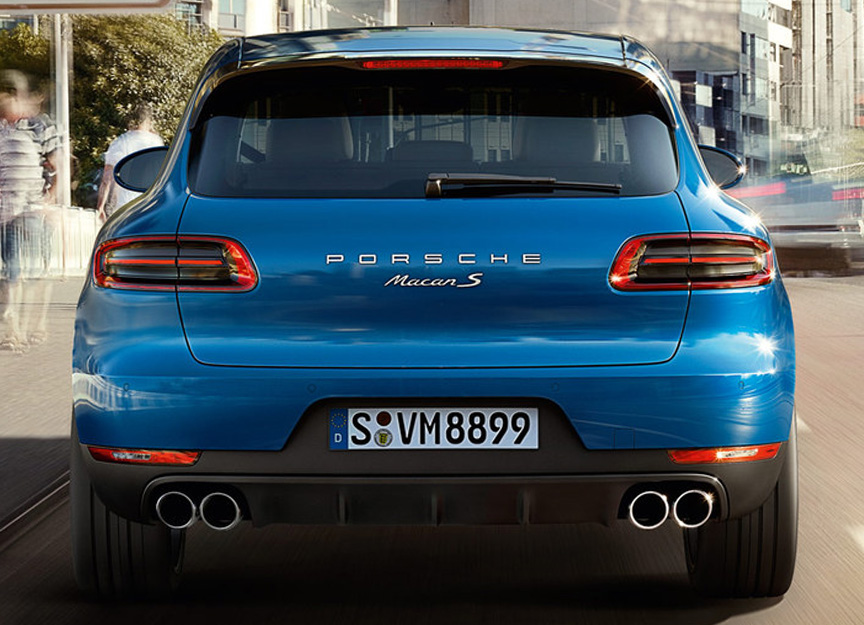
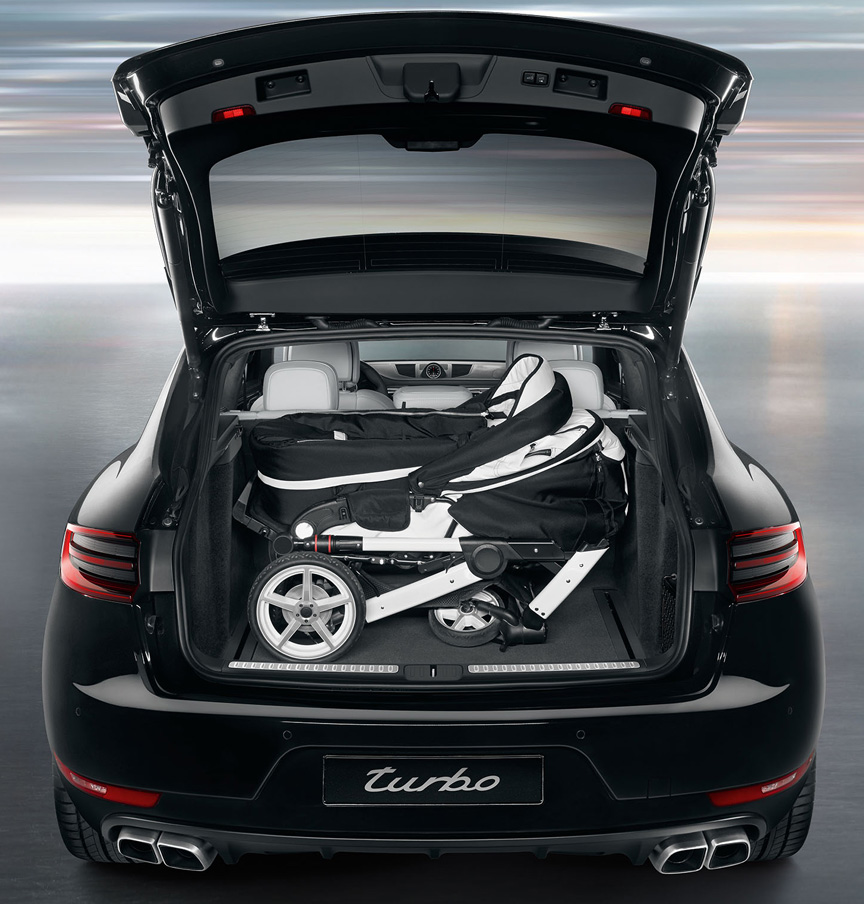
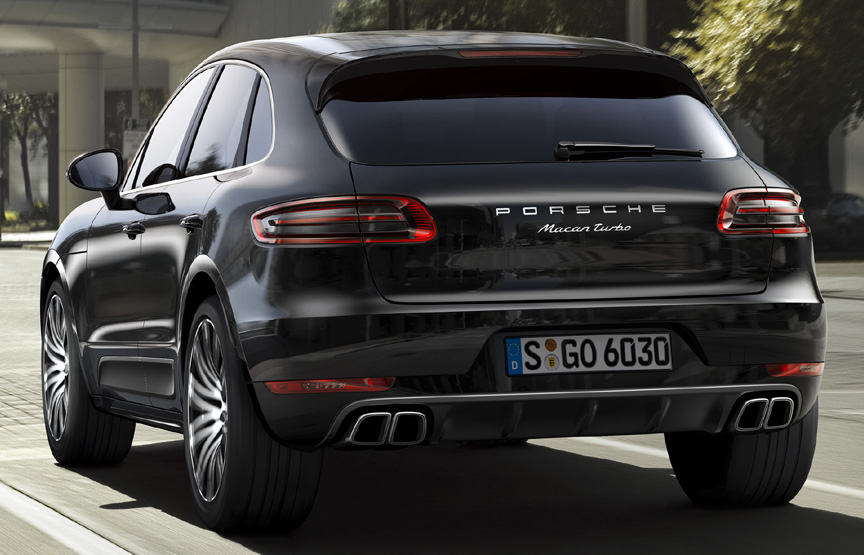
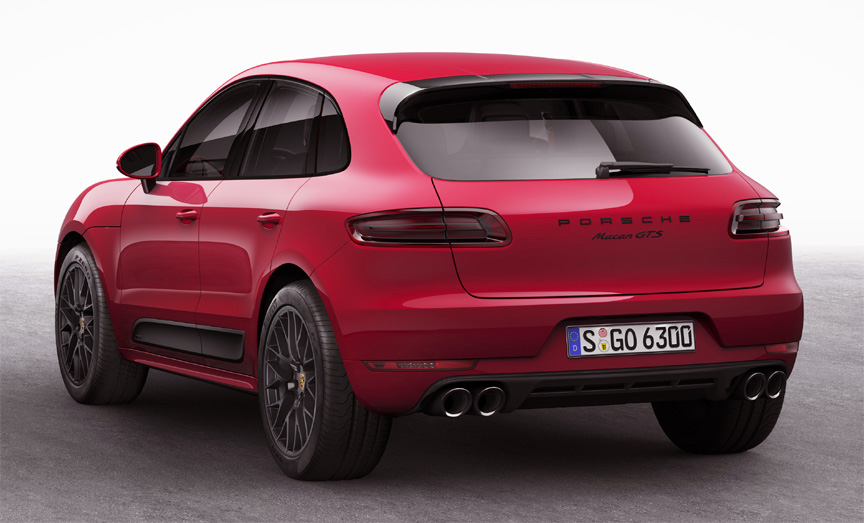
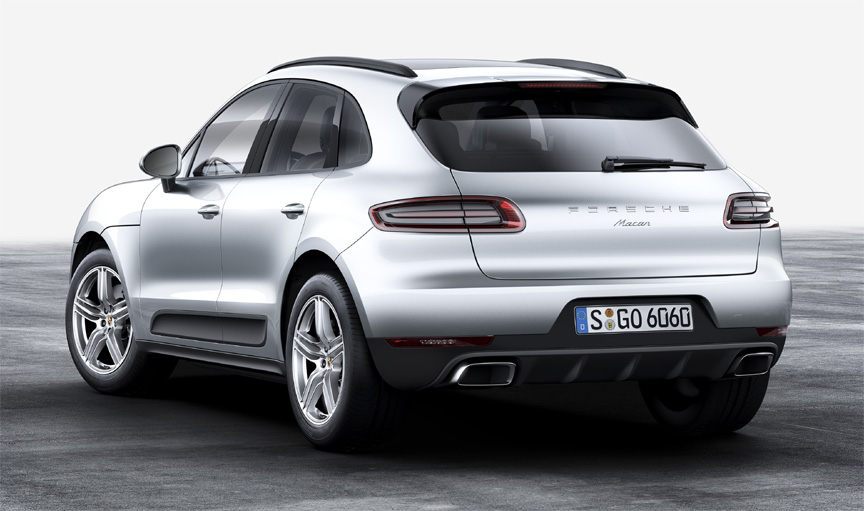
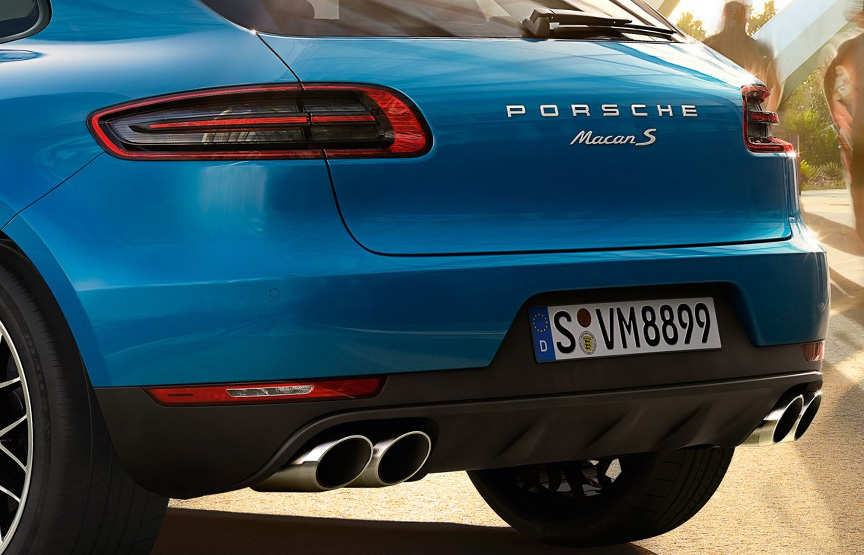
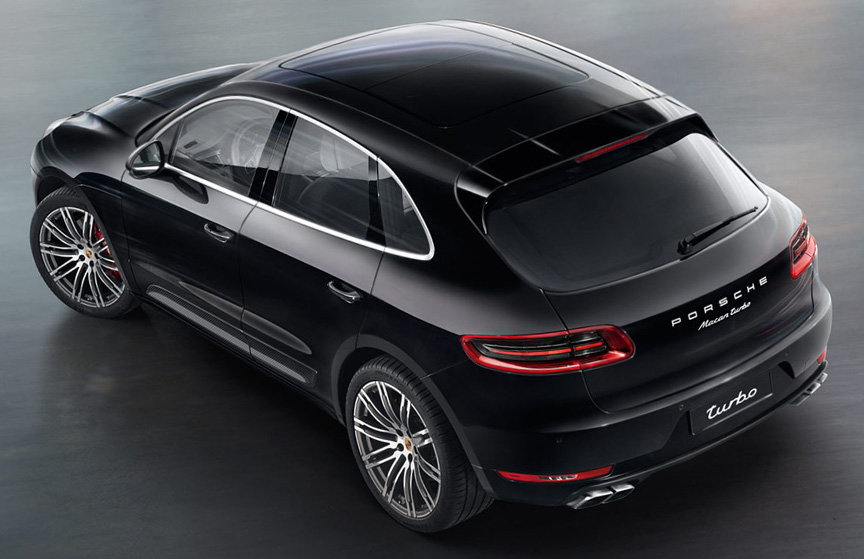
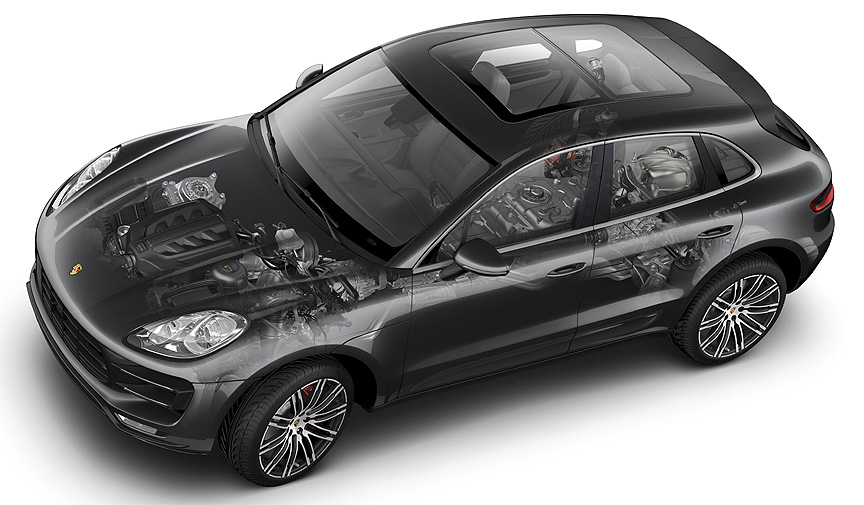
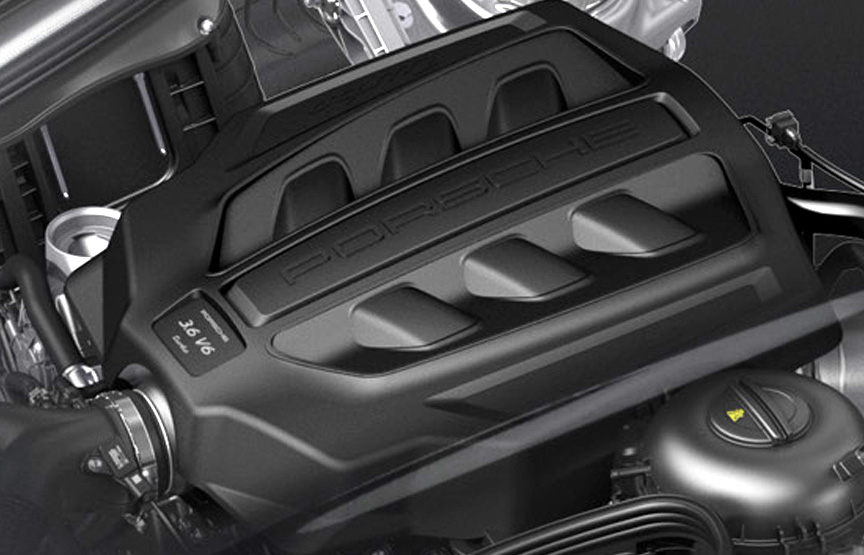
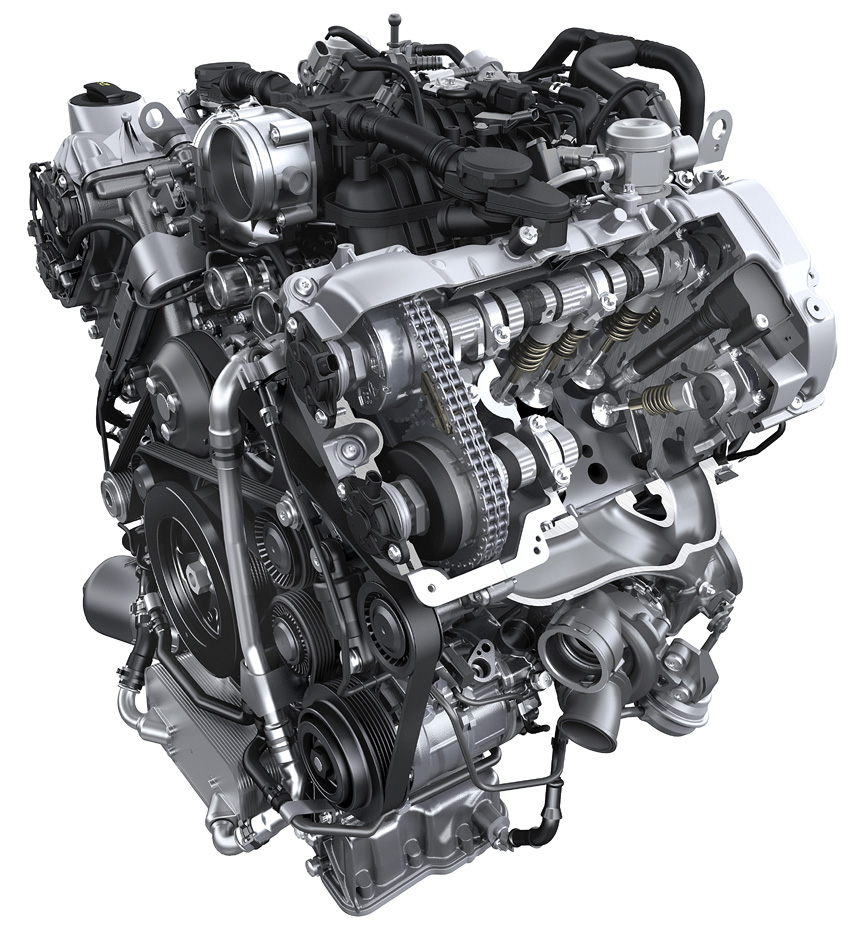
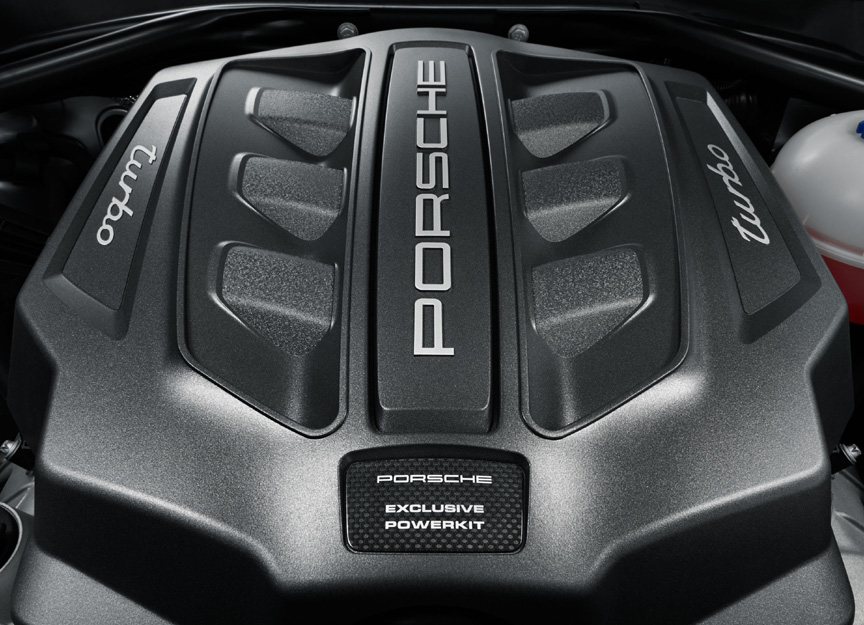
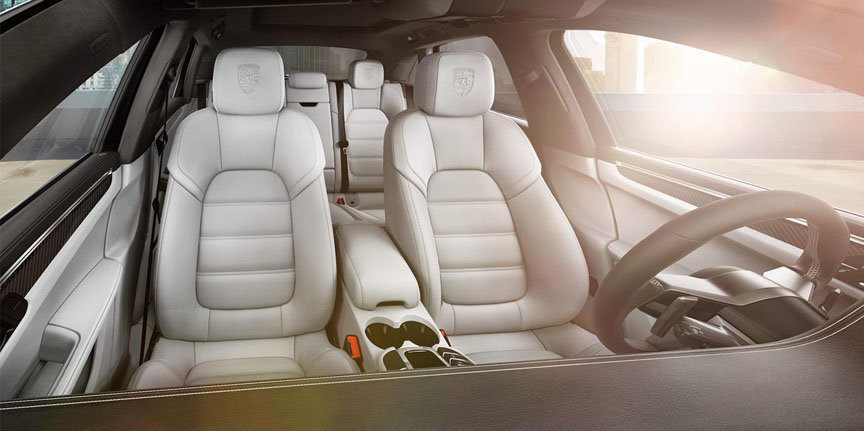
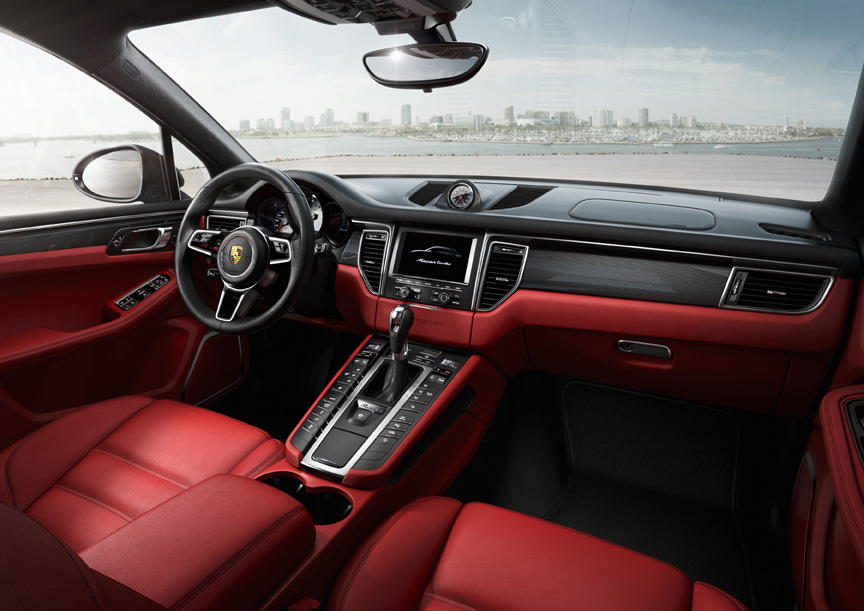
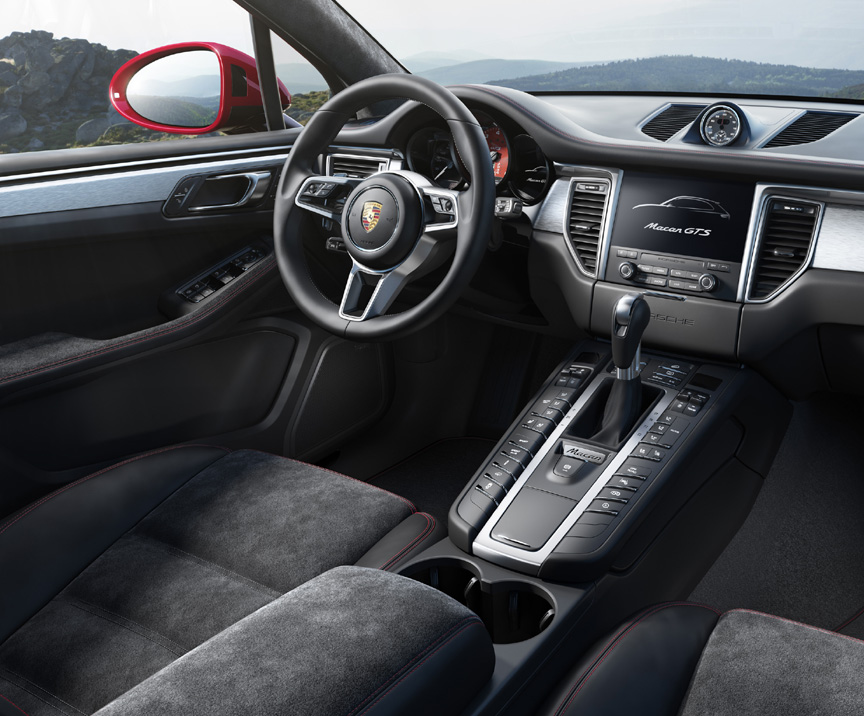
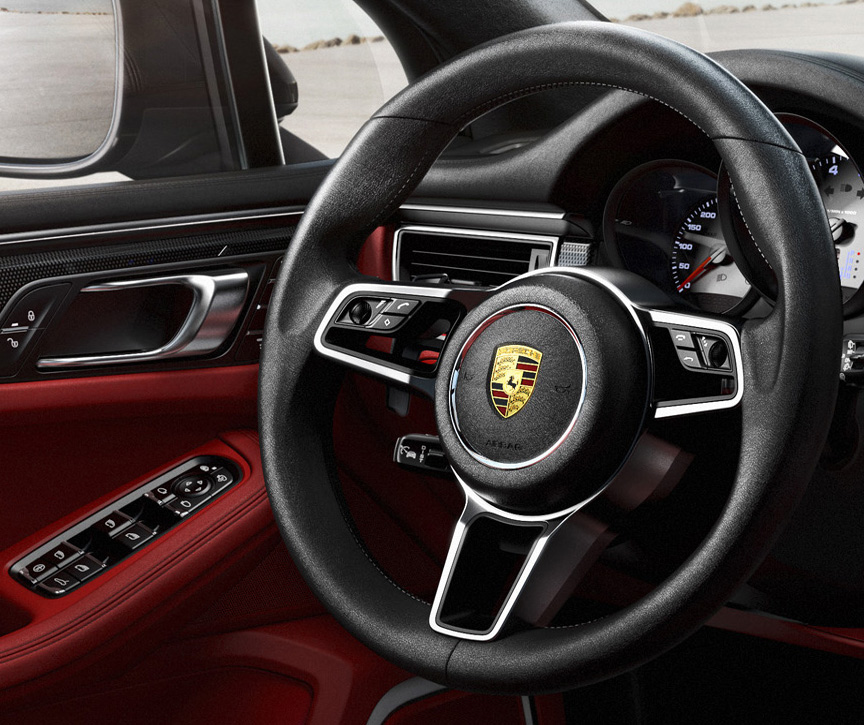
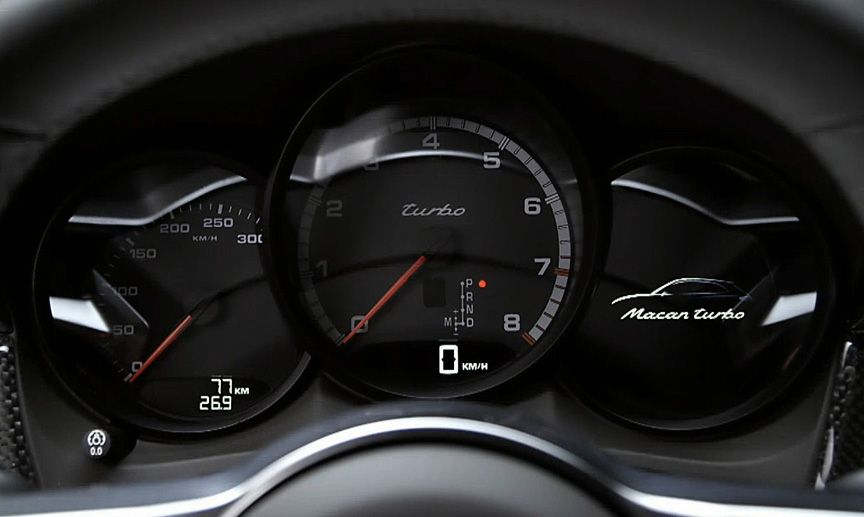
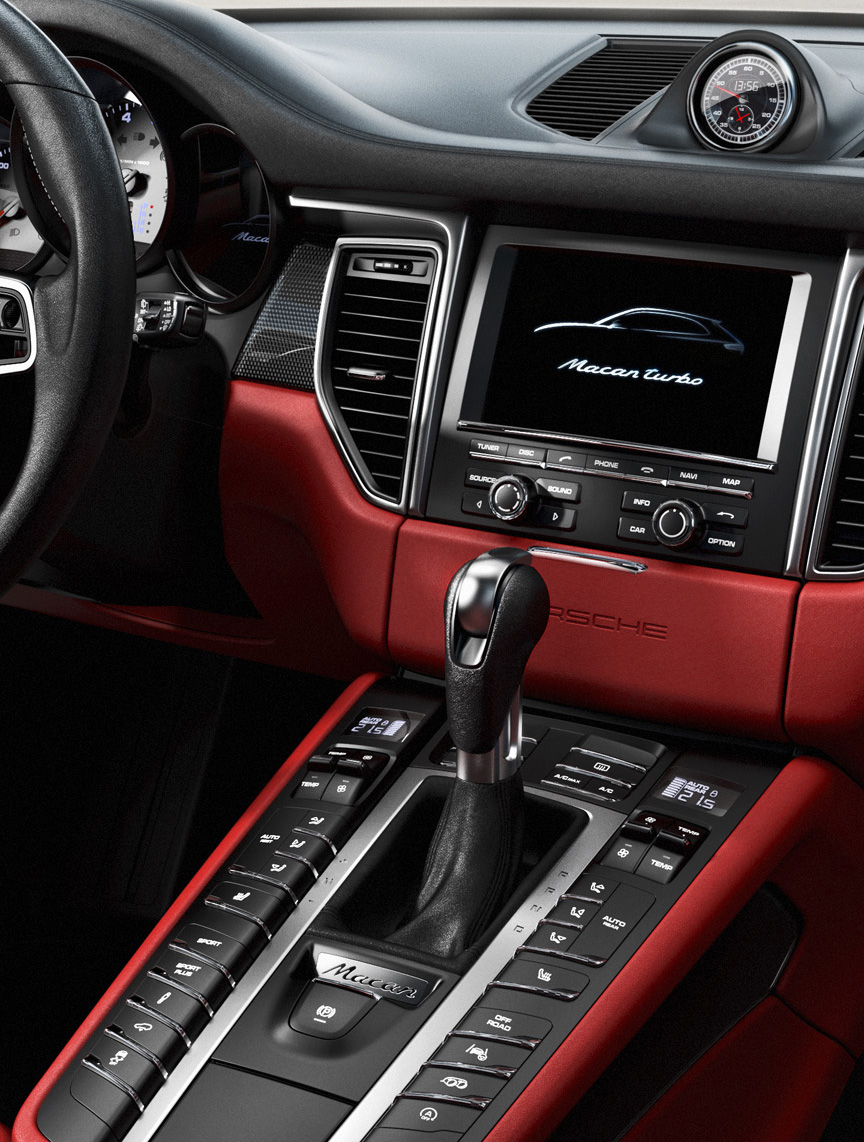
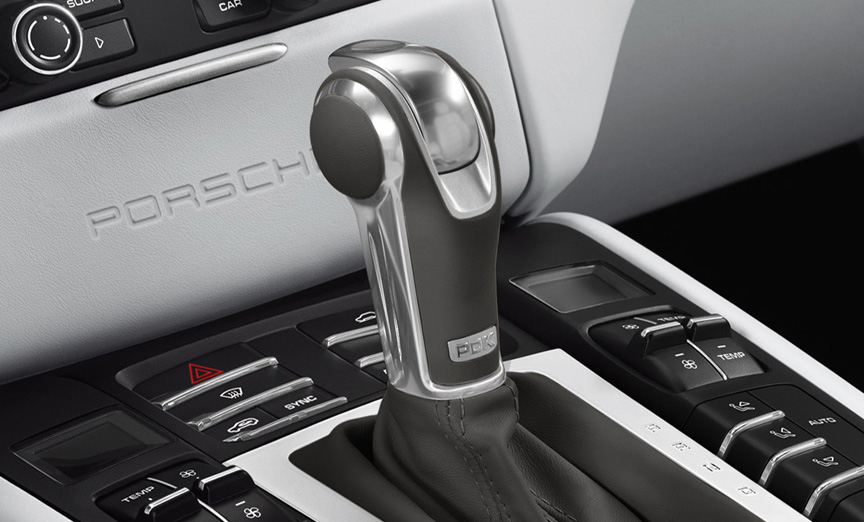
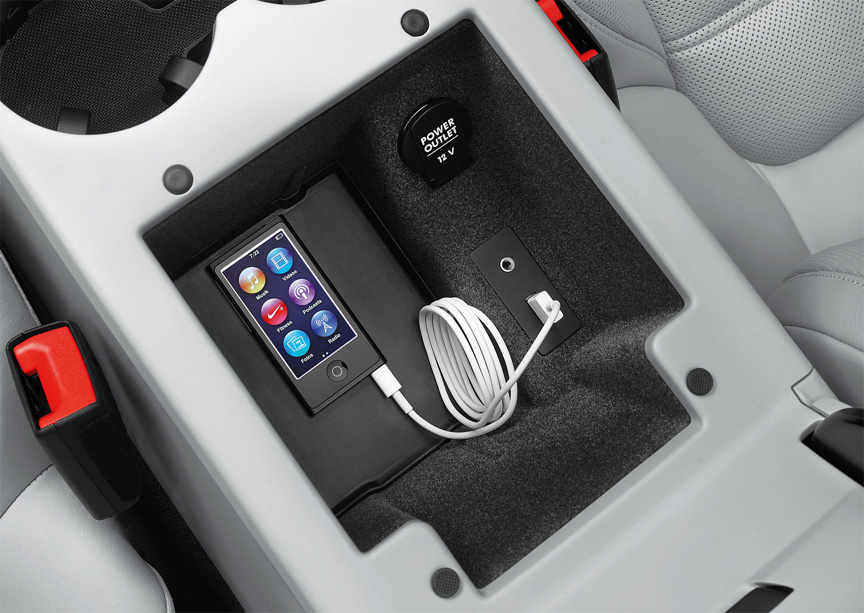
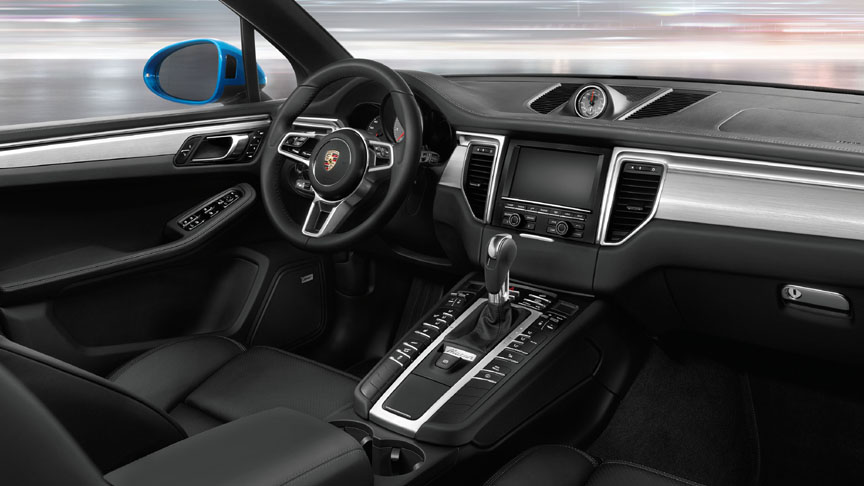
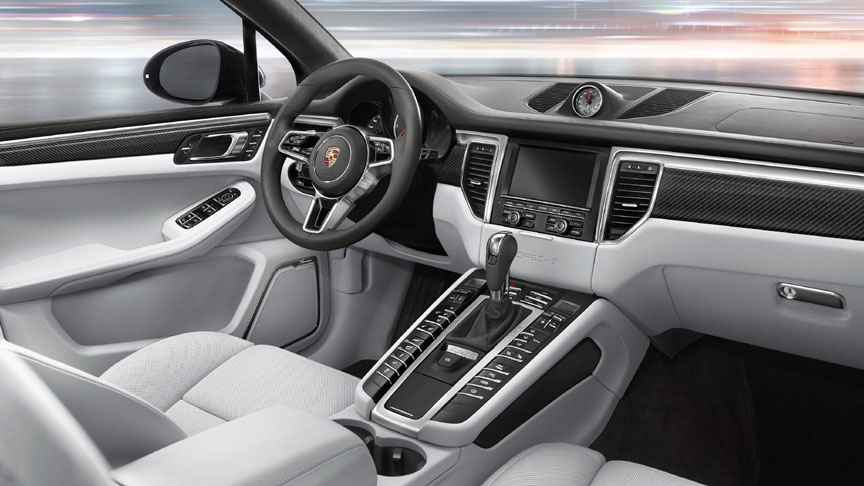
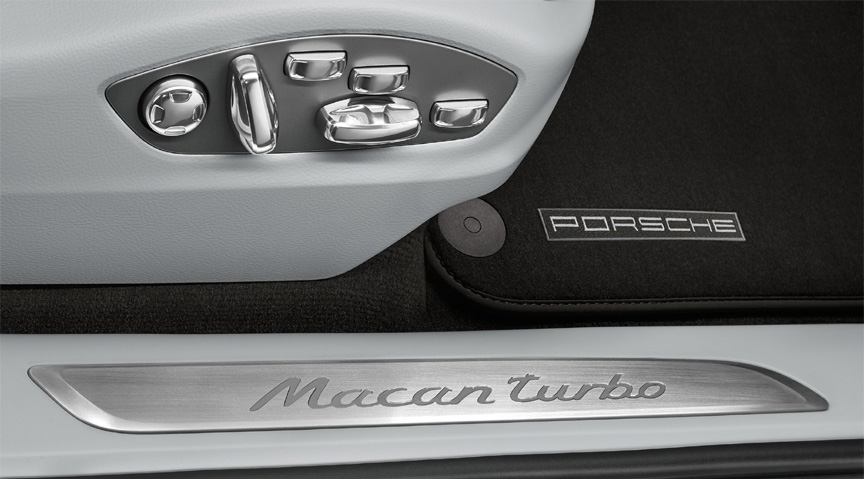
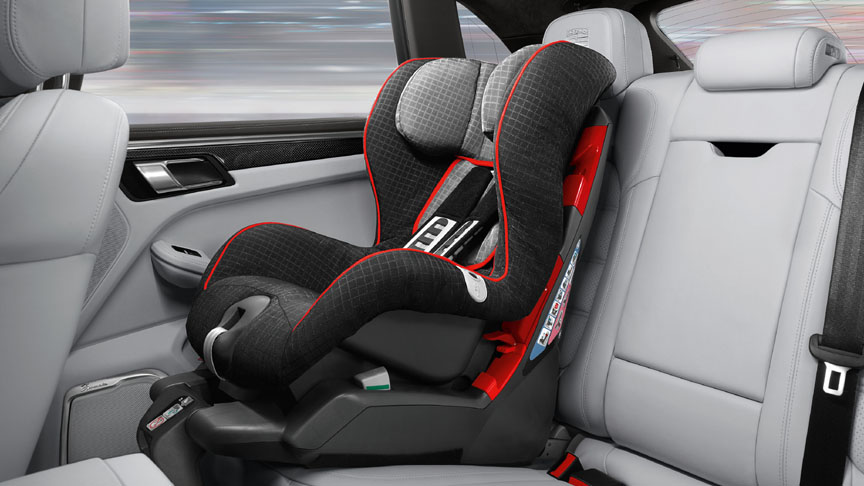
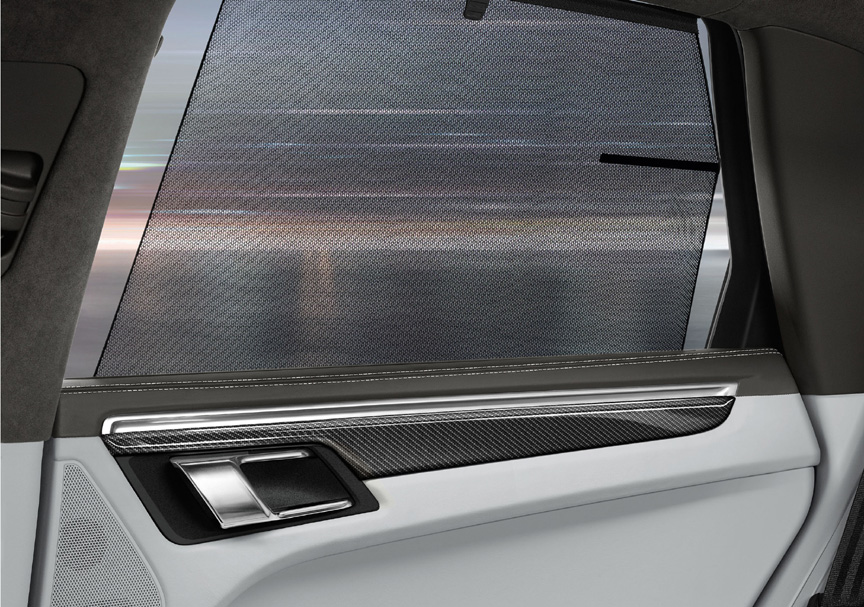
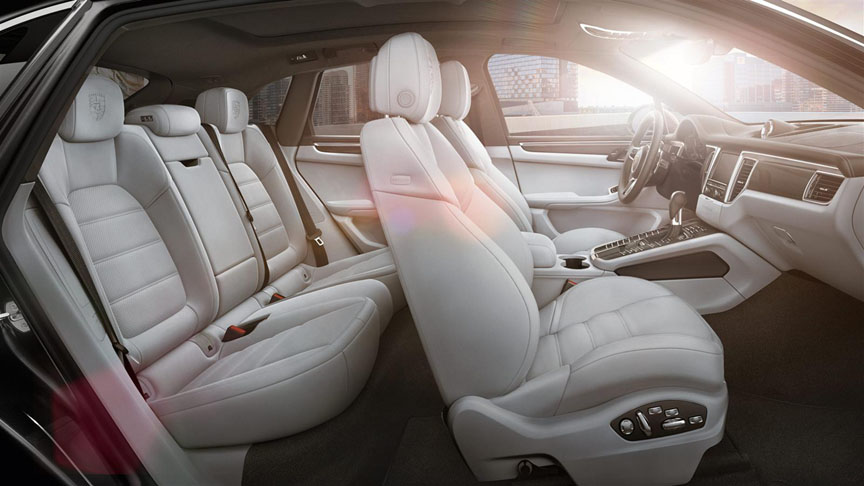
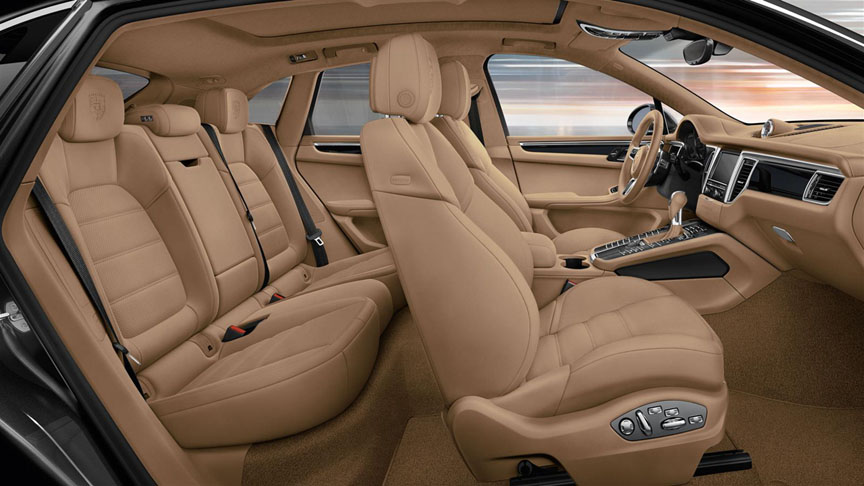
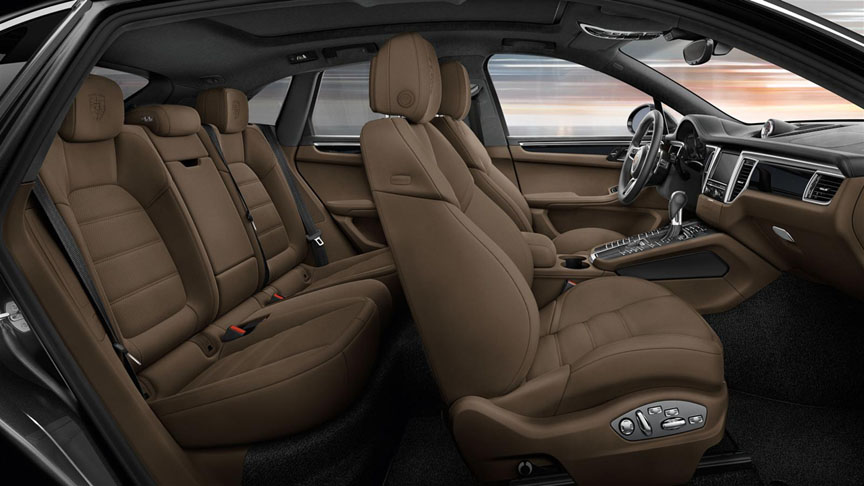
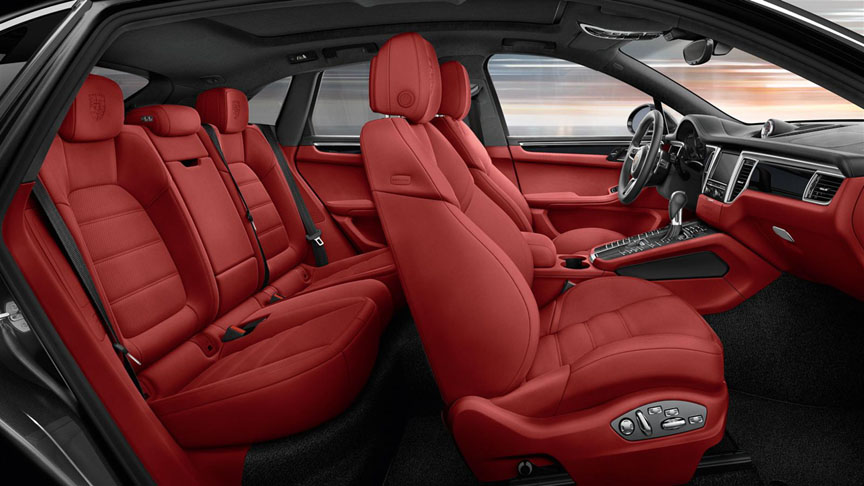
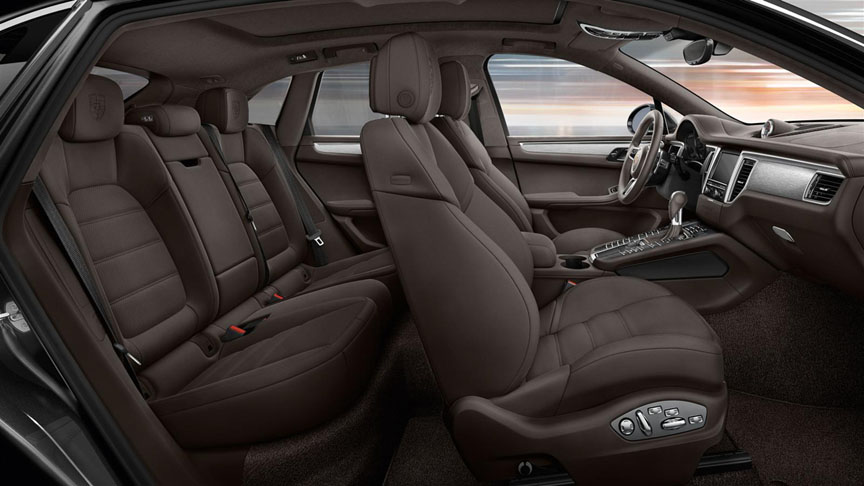
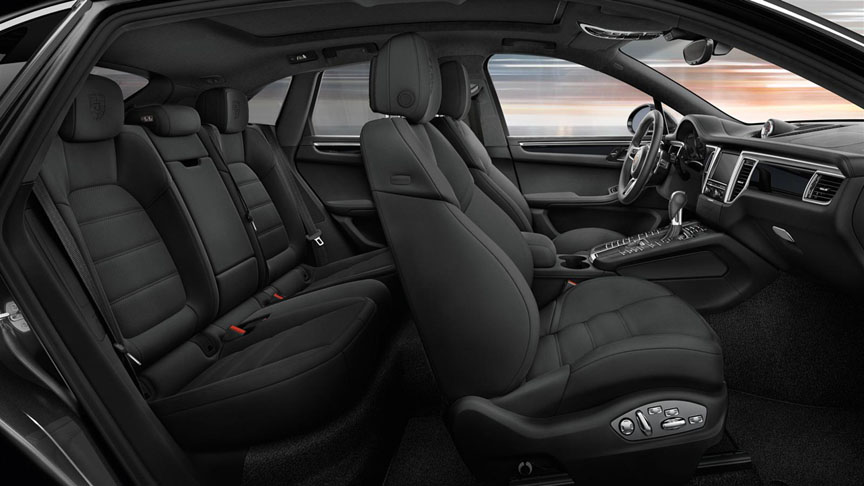
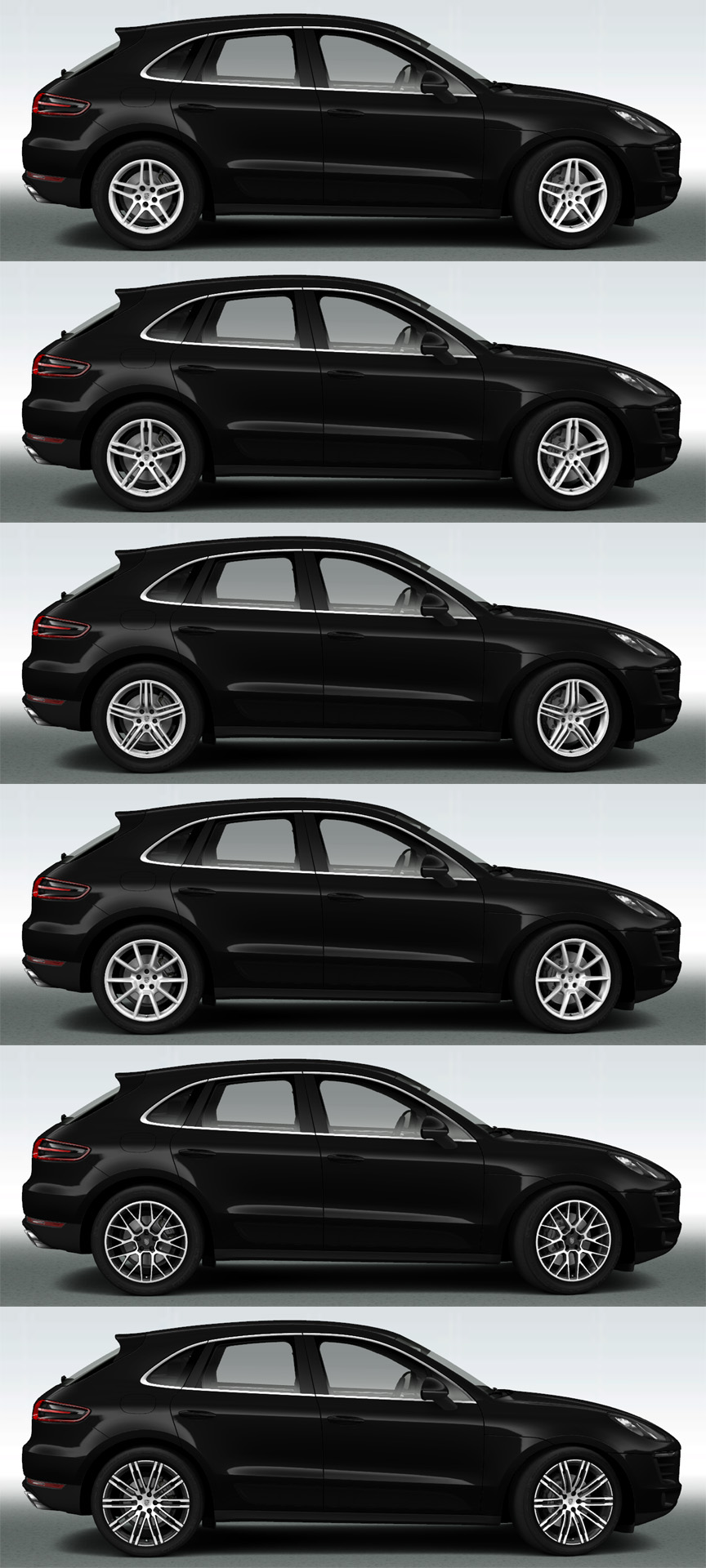
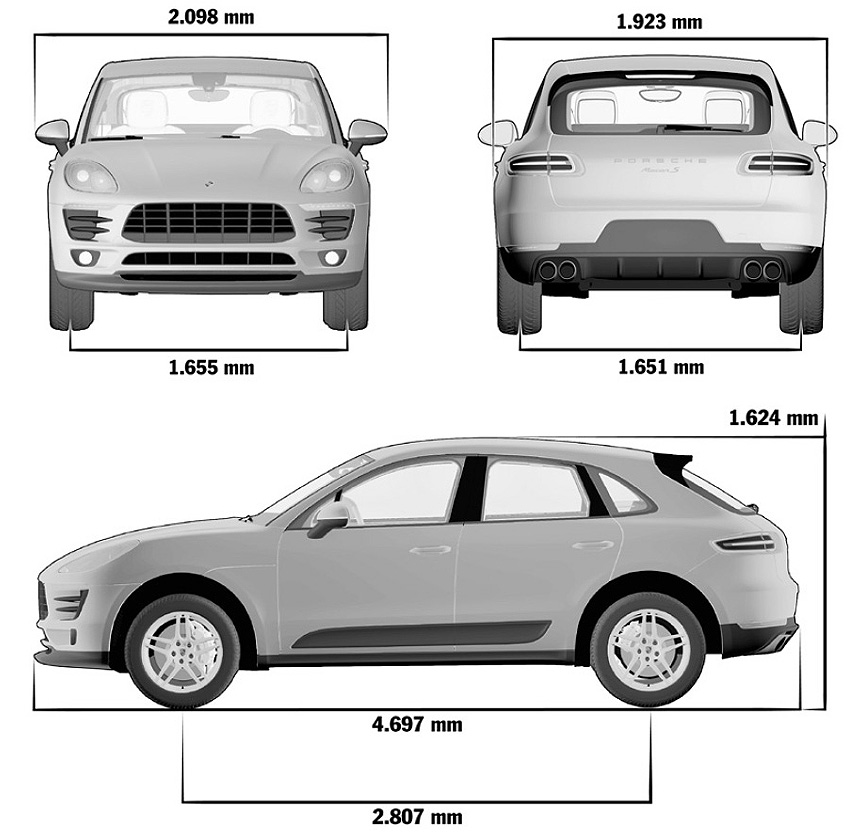
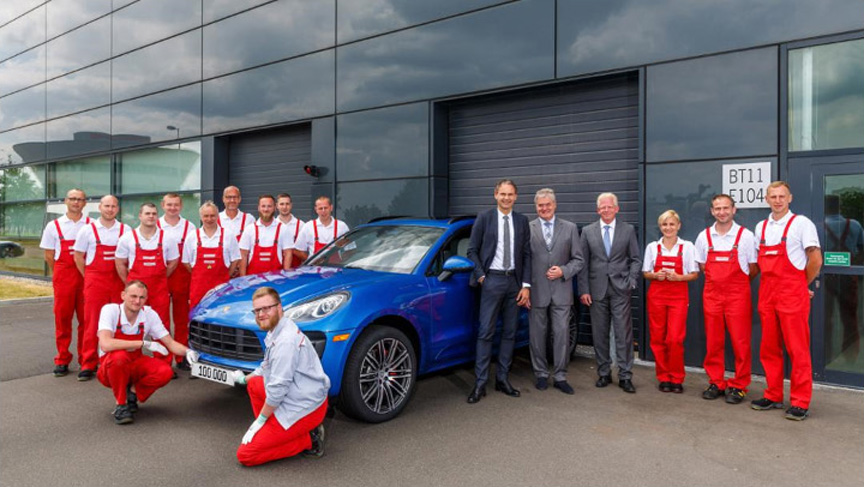
In total more than 350,000 first generation 95B.1 Macans were made and more than 100.000 were sold in China.


